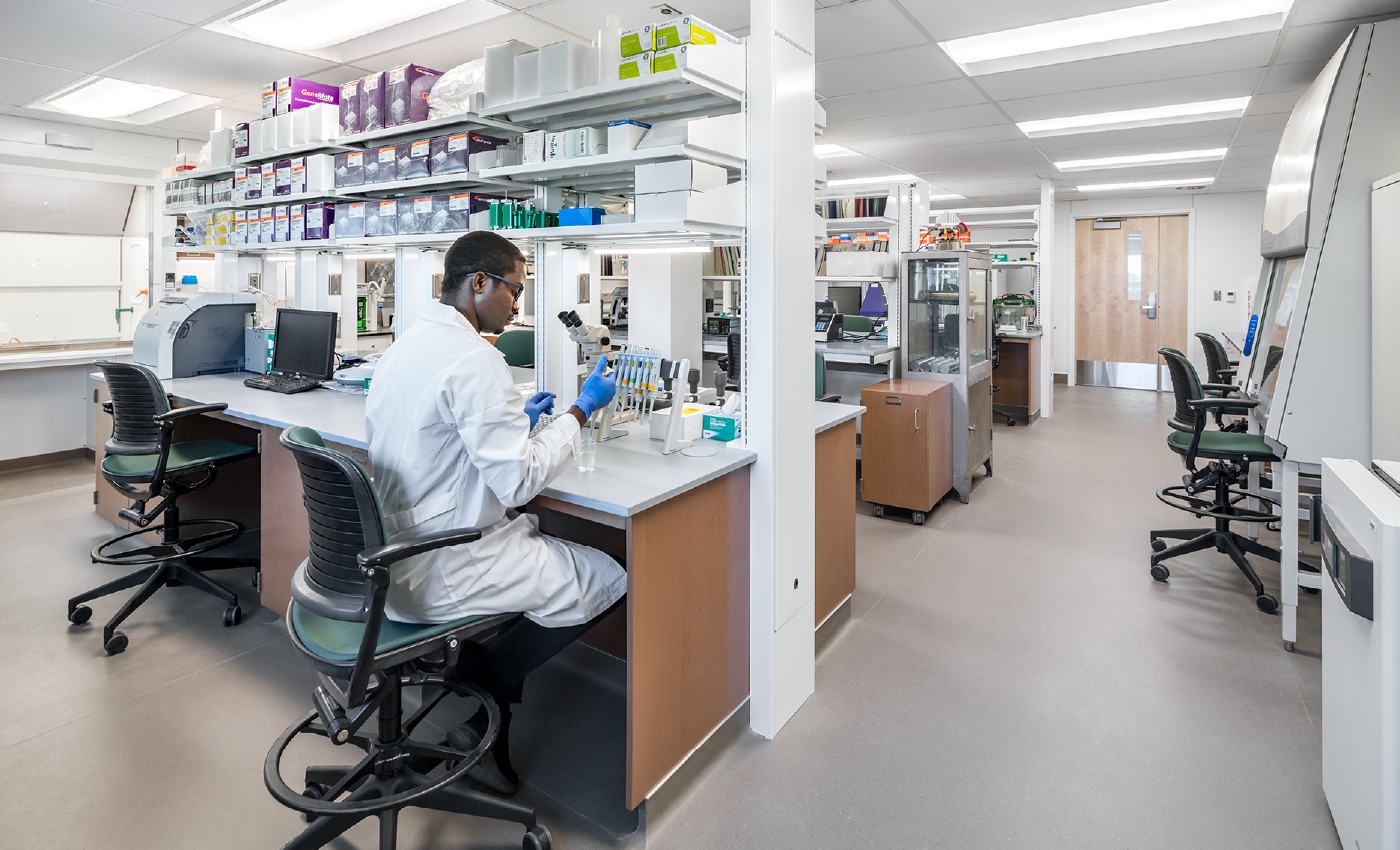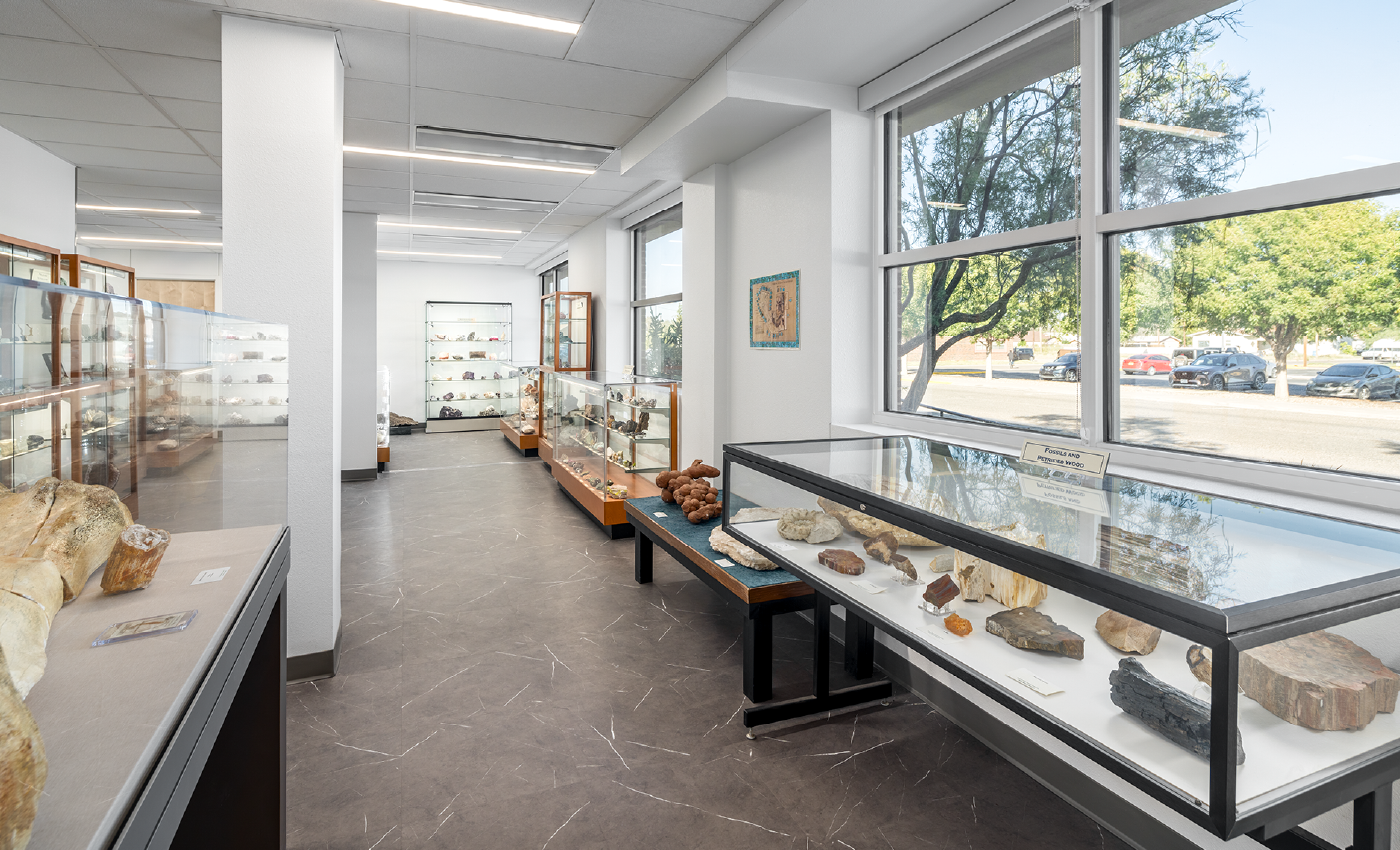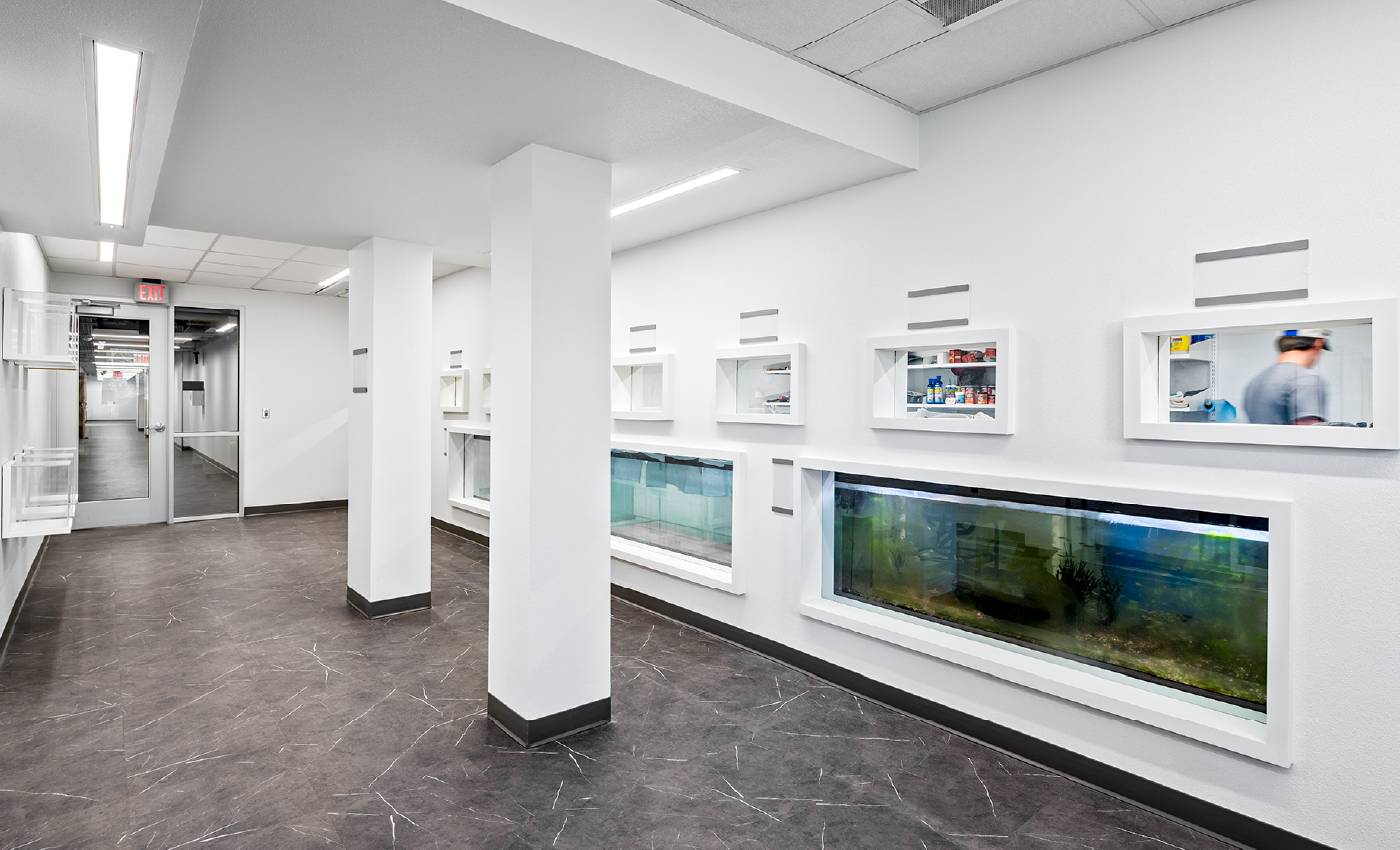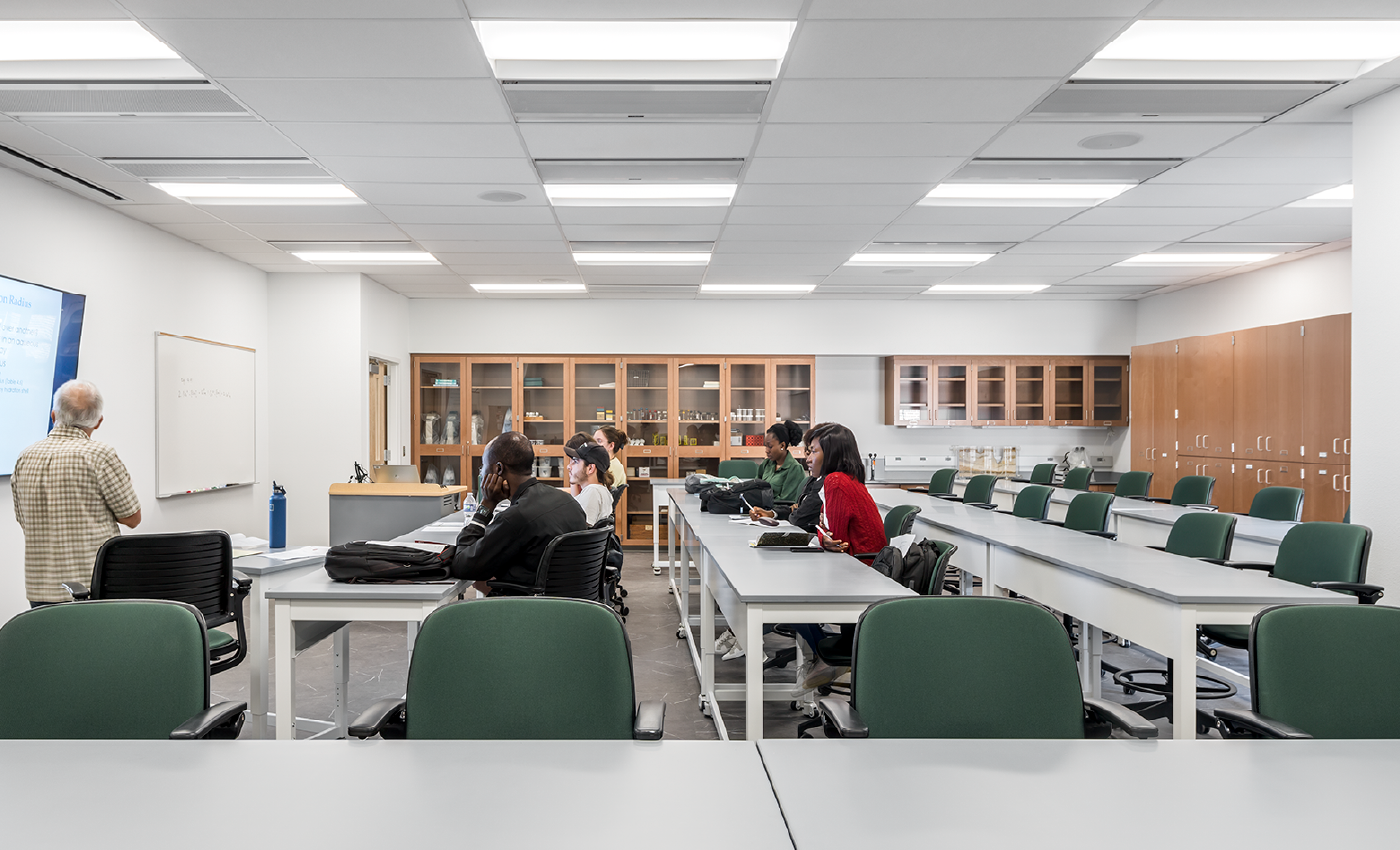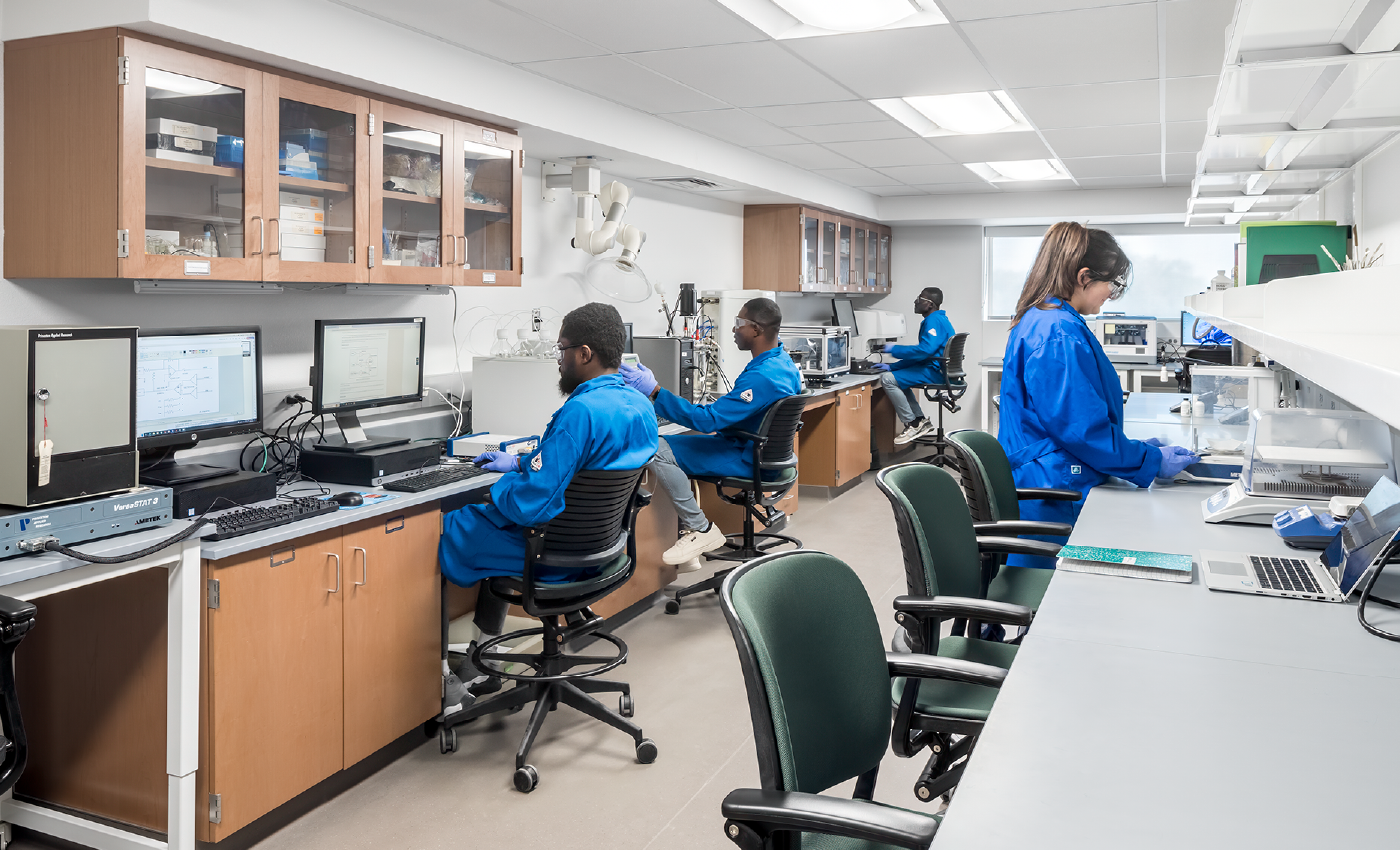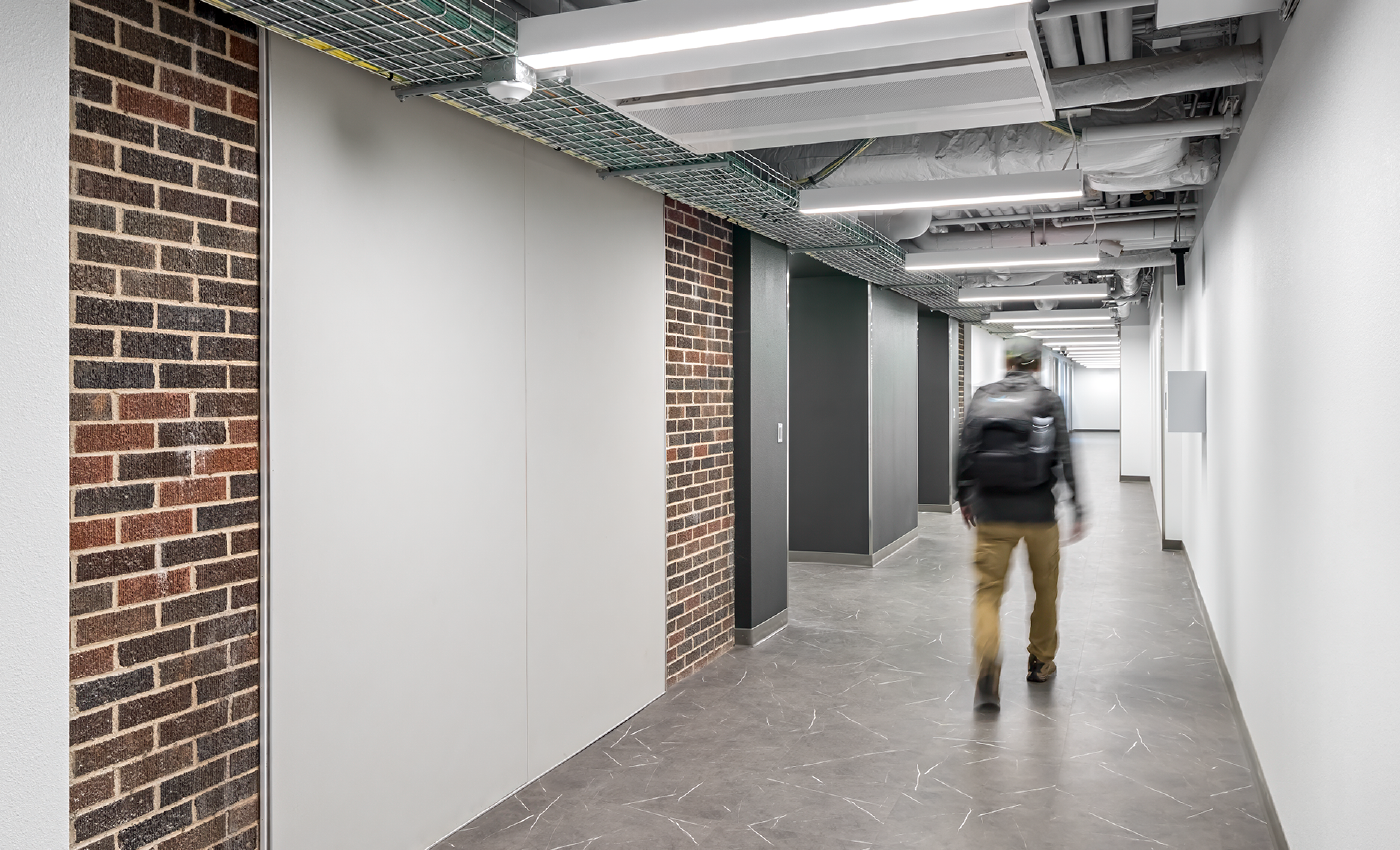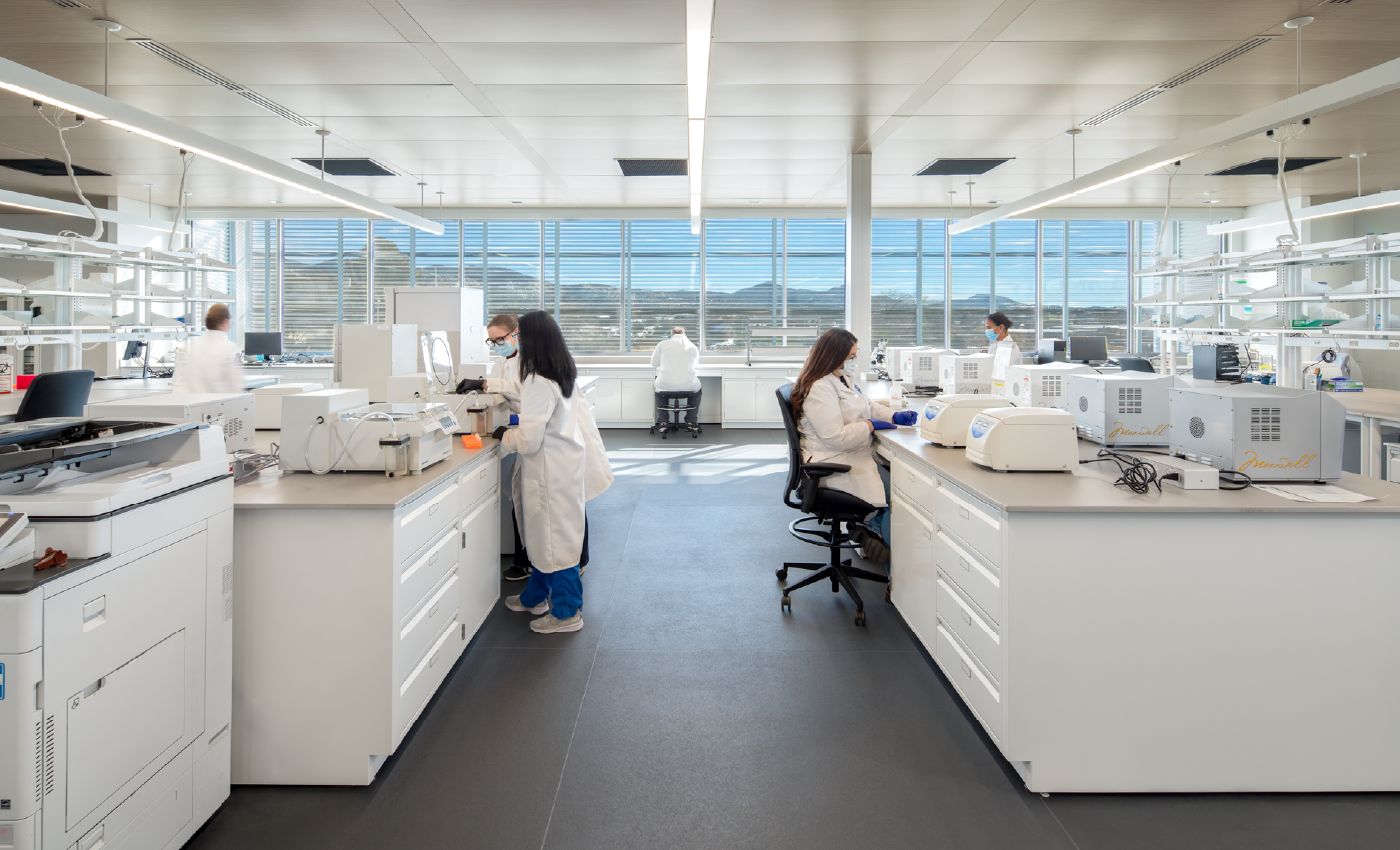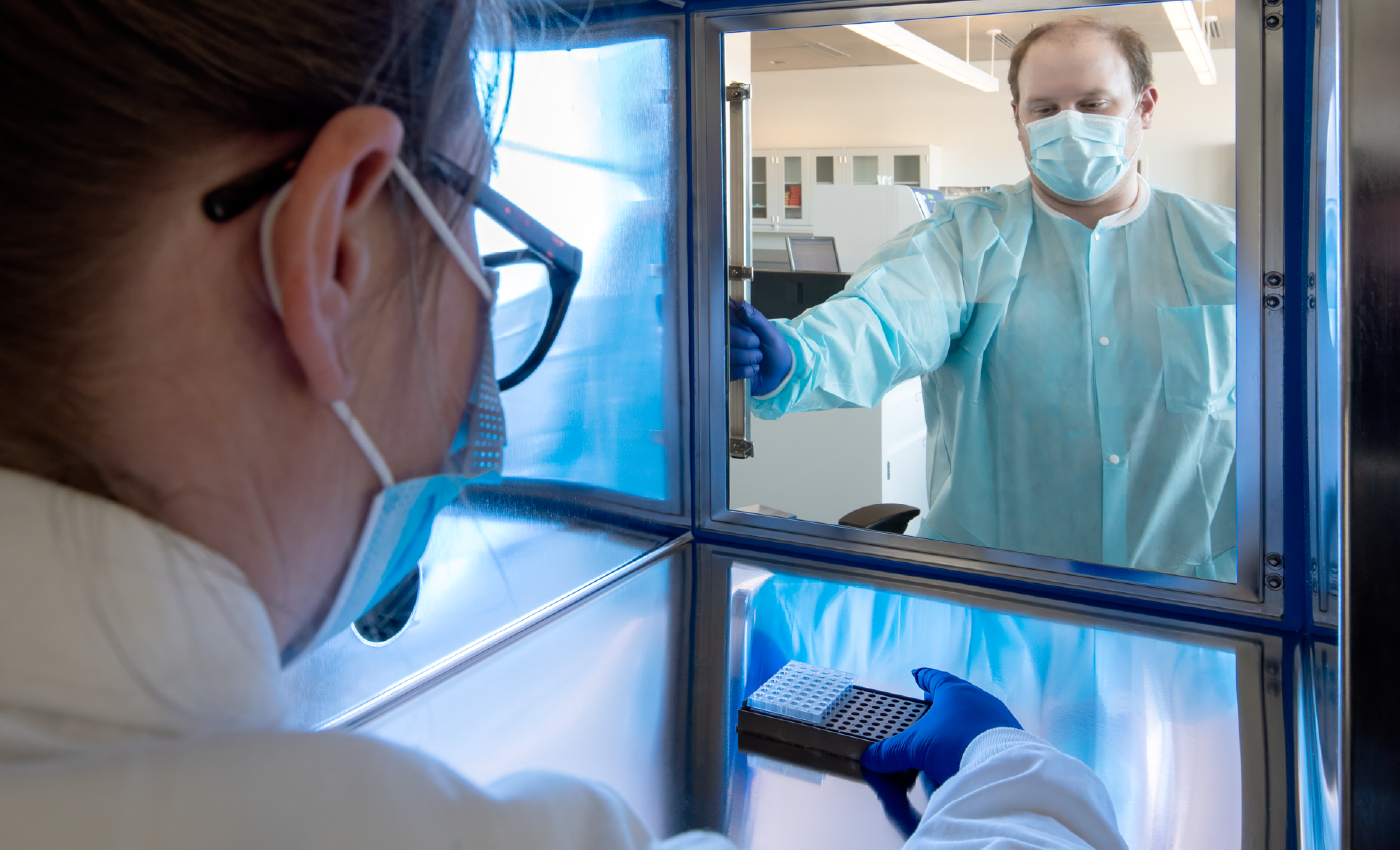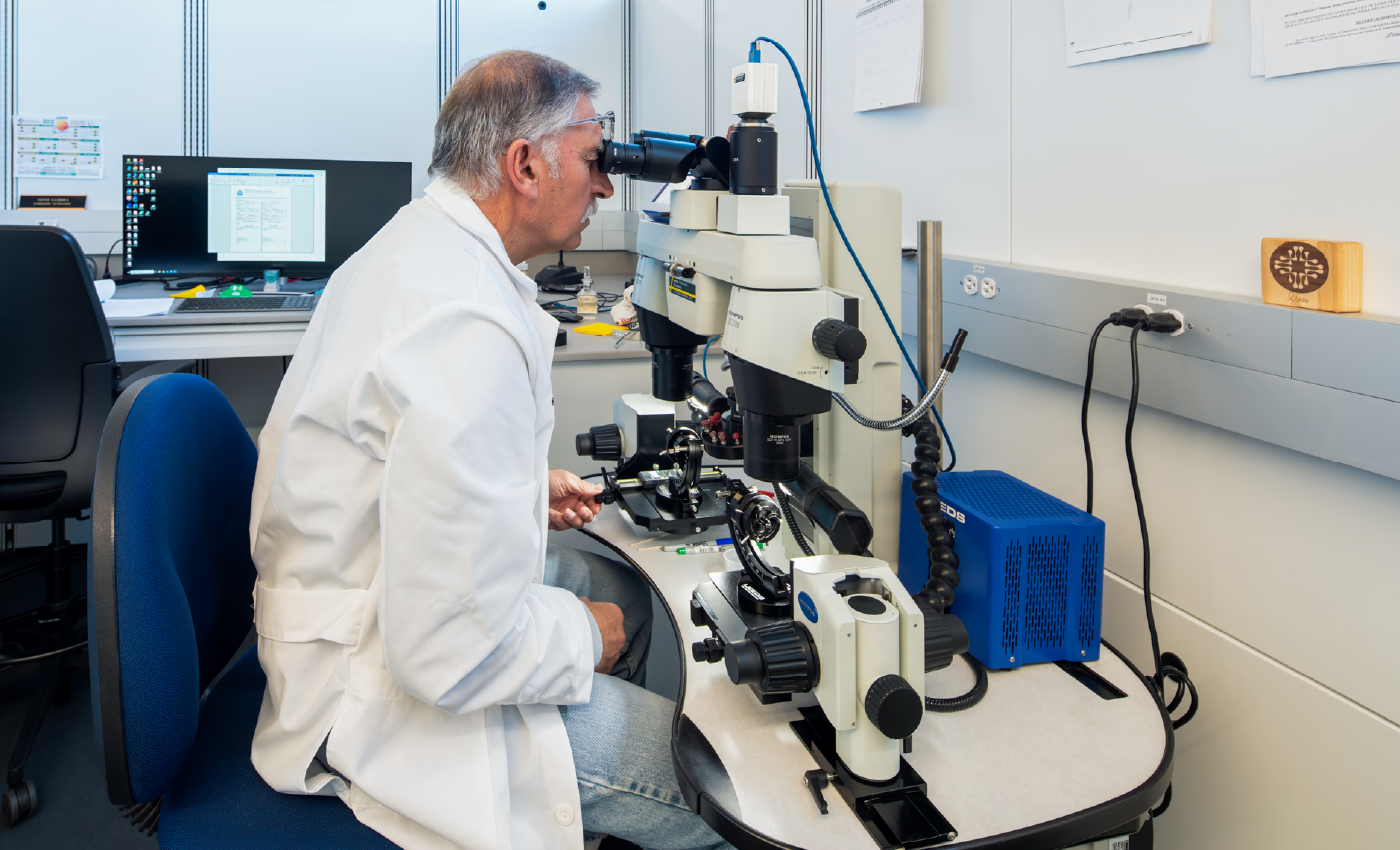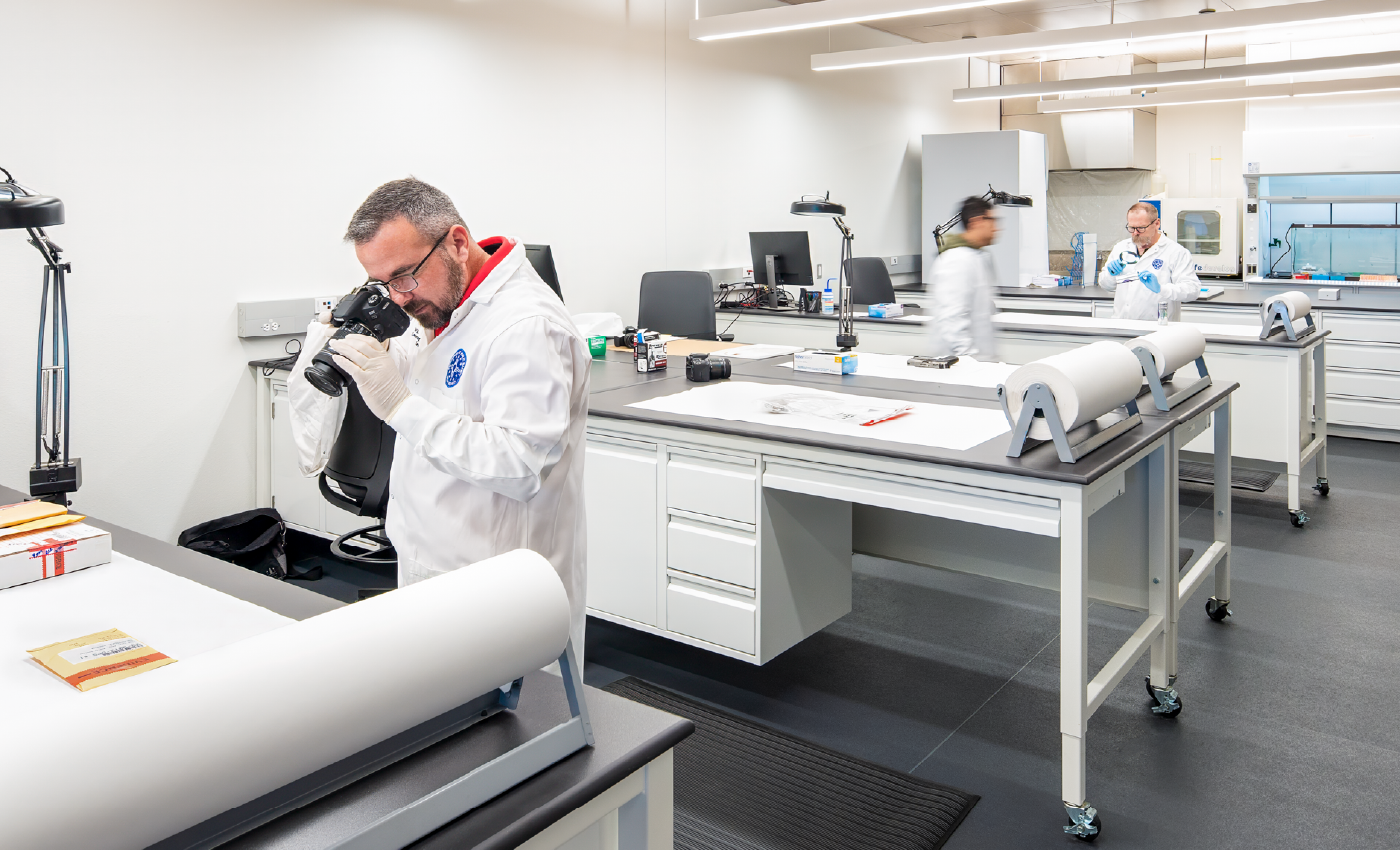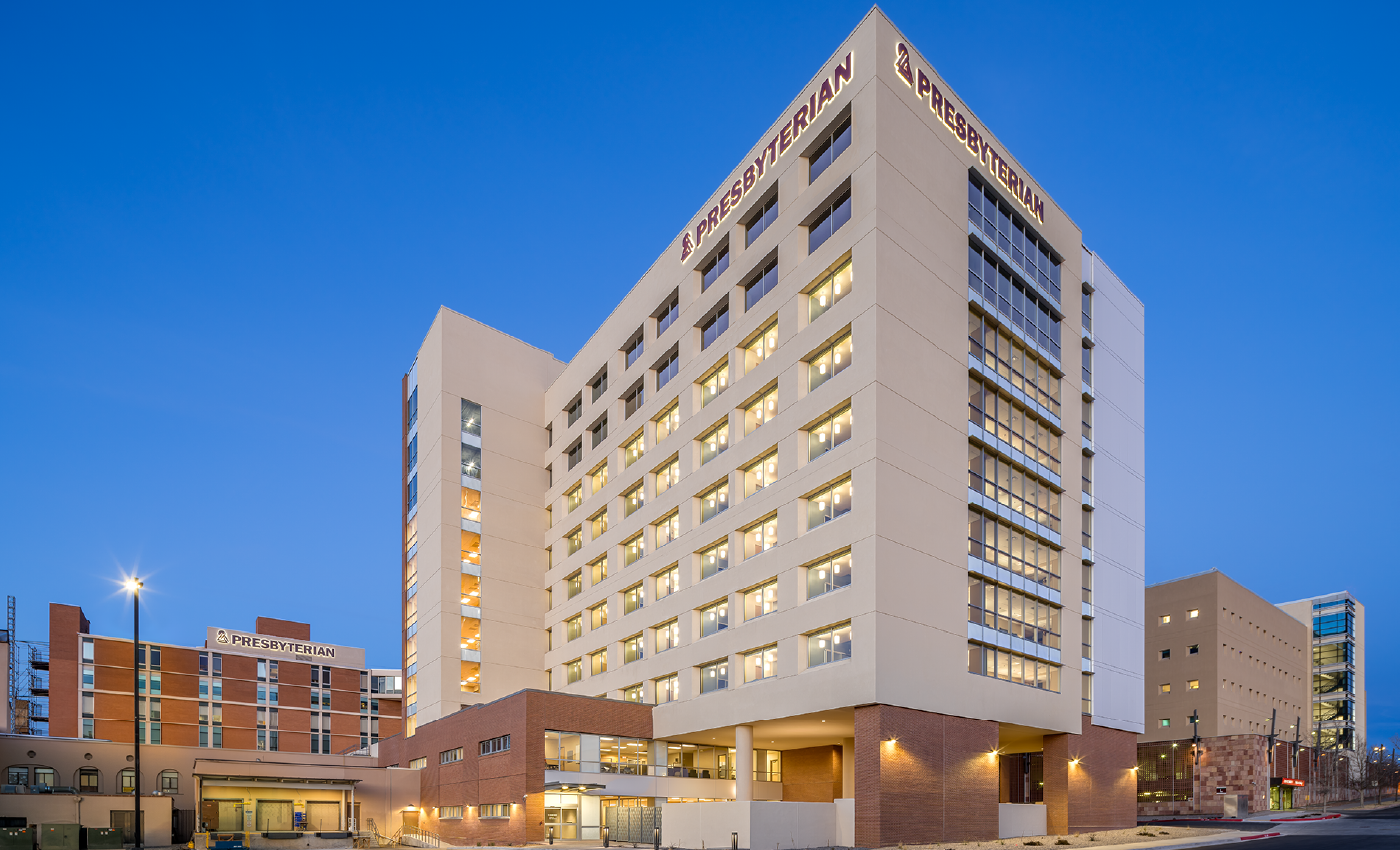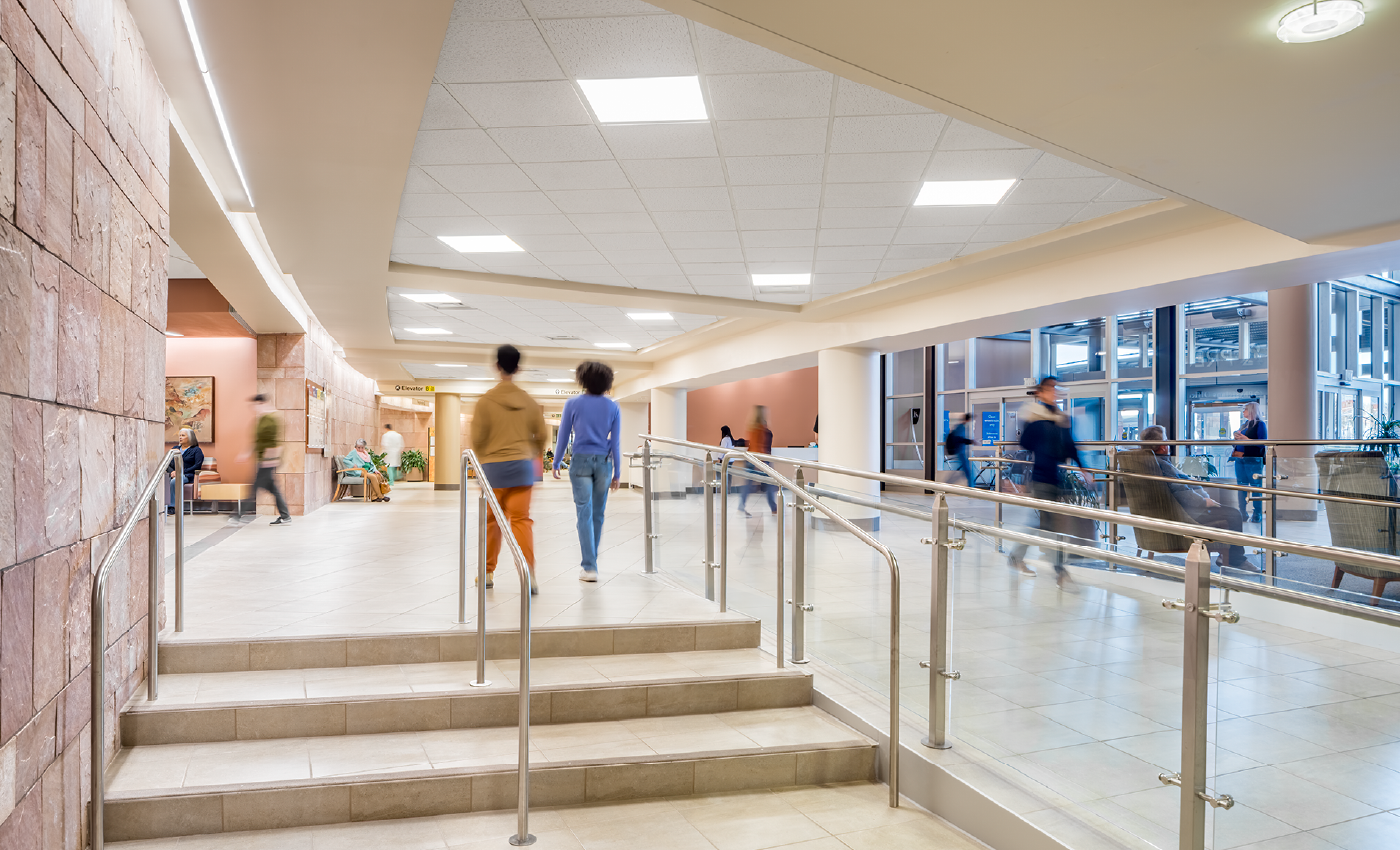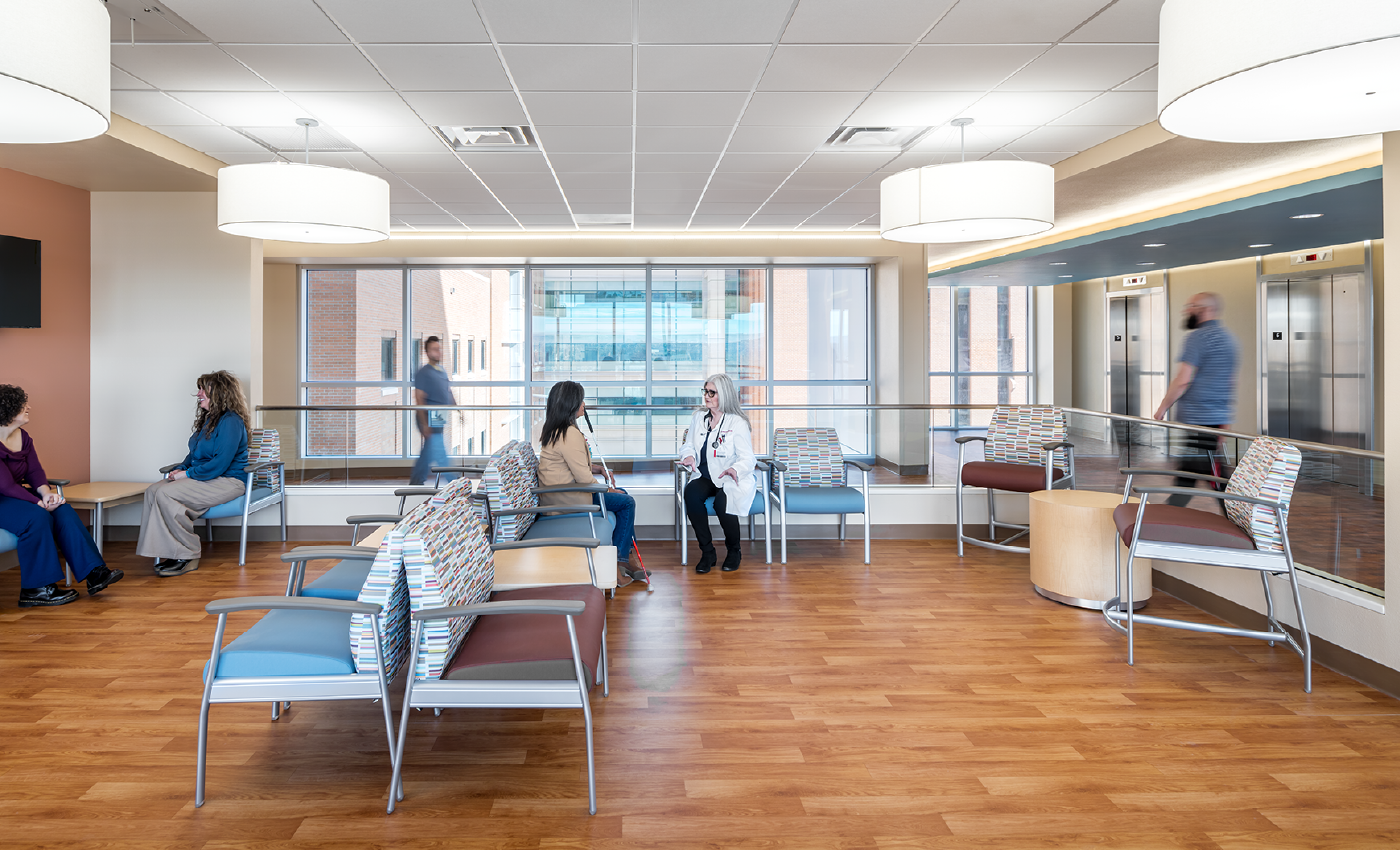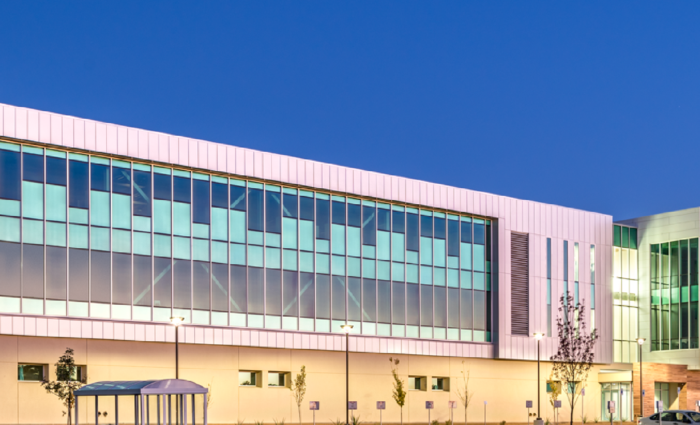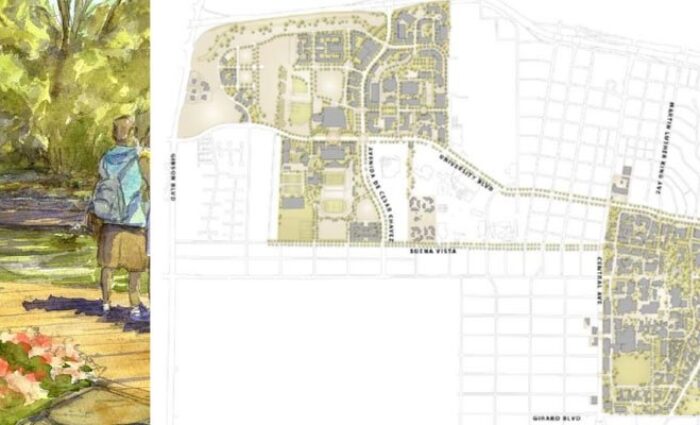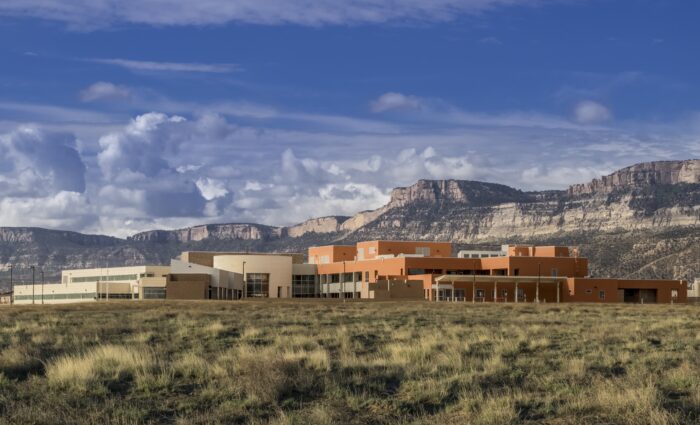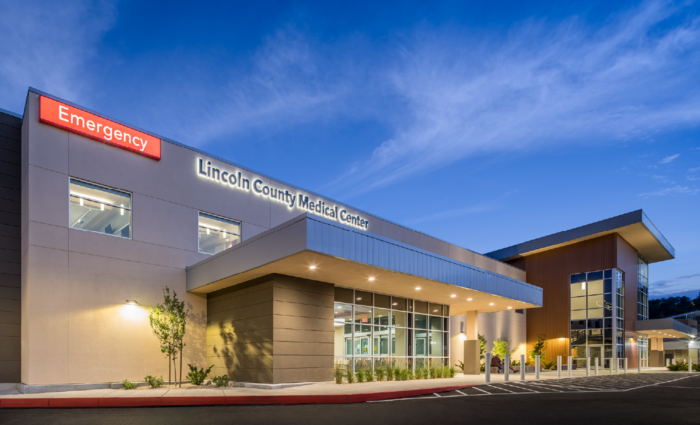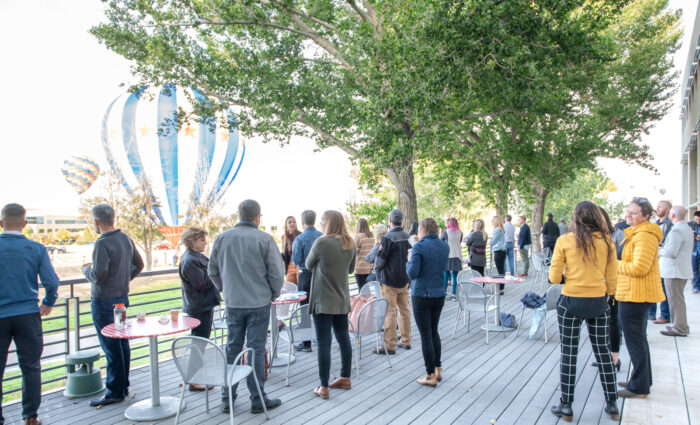Dynamic Lab Design and Architecture
Lab design and architecture requires close attention to detail and collaboration to create highly technical spaces. At Dekker, we ensure that our designs meet all technical requirements while still keeping the people – the researcher, student, staff member – at the forefront of our designs.
Read on to learn about how we blend technical and human design features and how we design for different laboratories across project types.
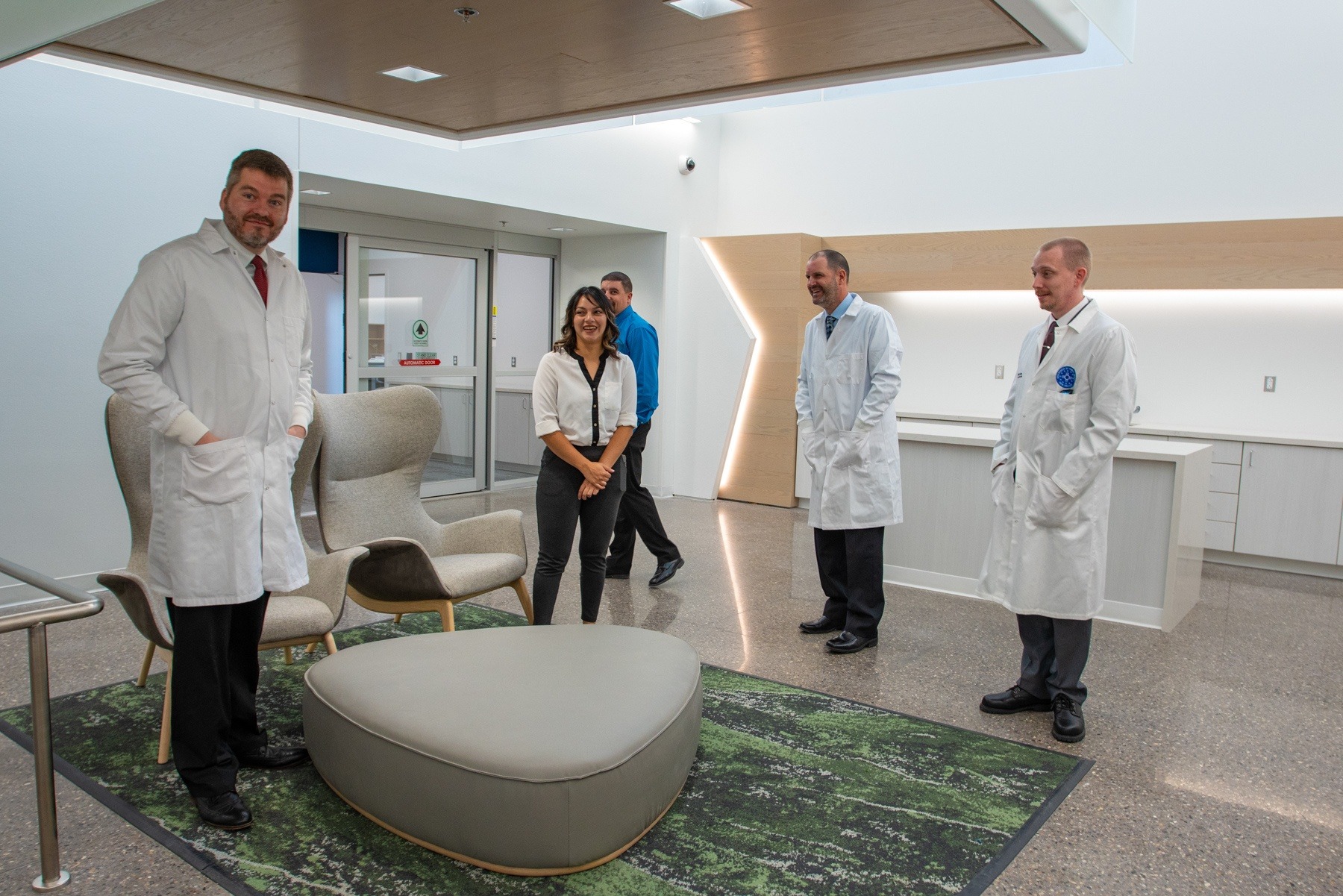
Technical considerations in lab design
Laboratories often have specific regulations and design requirements. For example, a wet lab that processes infection disease samples may have strict containment and security requirements. A dry computational research lab on the other hand may want to prioritize efficient space utilization, ergonomic design, and collaborative design features.
We start every project by understanding exactly what kinds of activities will take place in the laboratory space, and what regulatory requirements need to be met. Two technical aspects we must take into consideration with any laboratory project are security, and Mechanical, Engineering, and Plumbing (MEP) configurations.
Secure laboratory design
Labs often process sensitive materials and information. Therefore, lab design and architecture should include controlled access and be equipped for the safe handling of hazardous materials. This can include incorporating Crime Prevention Through Environmental Design features.
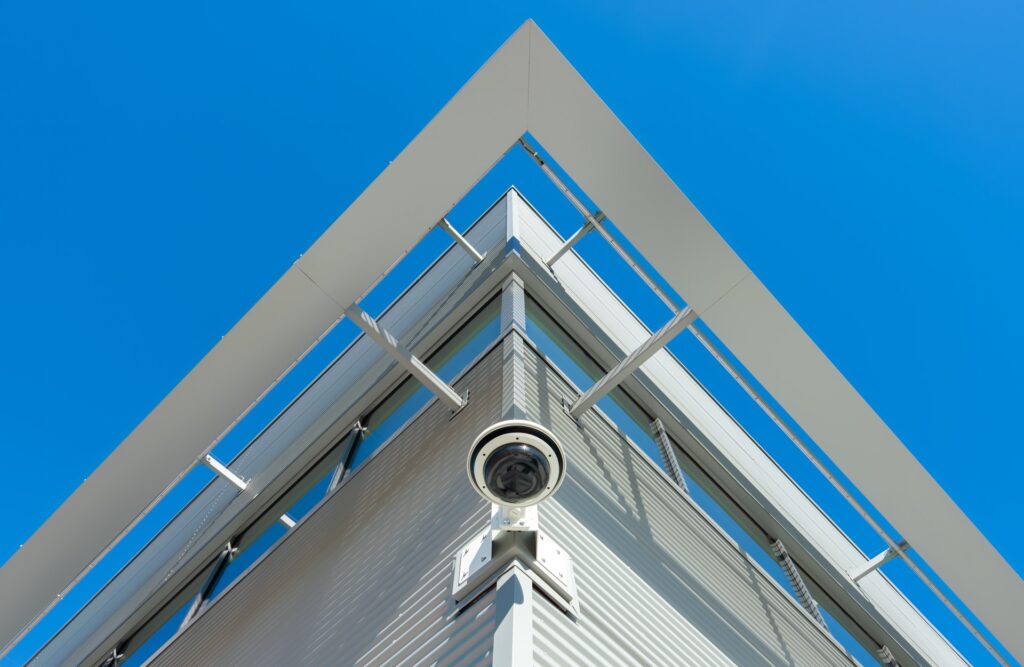
When designing security features, we take care to reduce daily friction for staff, so security does not become an annoyance, rather it’s integrated seamlessly into their everyday activities.
Controlled access needs to be considered on every layer of design, including the mechanical systems that are in the ceiling.
Designing with MEP in mind
Laboratories require extensive and complex mechanical and plumbing (MEP) systems to power laboratory equipment and keep lab areas safe. From fume hoods to plumbing systems that keep hazardous waste separate from the water supply, the correct MEP solutions are critical to lab design and architecture.
A sufficient floor-to-floor height is needed to house all the mechanical systems that a laboratory requires. This can be a problem with older buildings that typically have low ceiling heights, making renovation more challenging.
Laboratories are requiring more and more flexibility in design as science advances and funding models change. MEP systems tailored to a specific function, however, are fixed elements. We provide flexibility by designing all fixed elements in the perimeter of the room, leaving space for reconfiguration and collaboration.
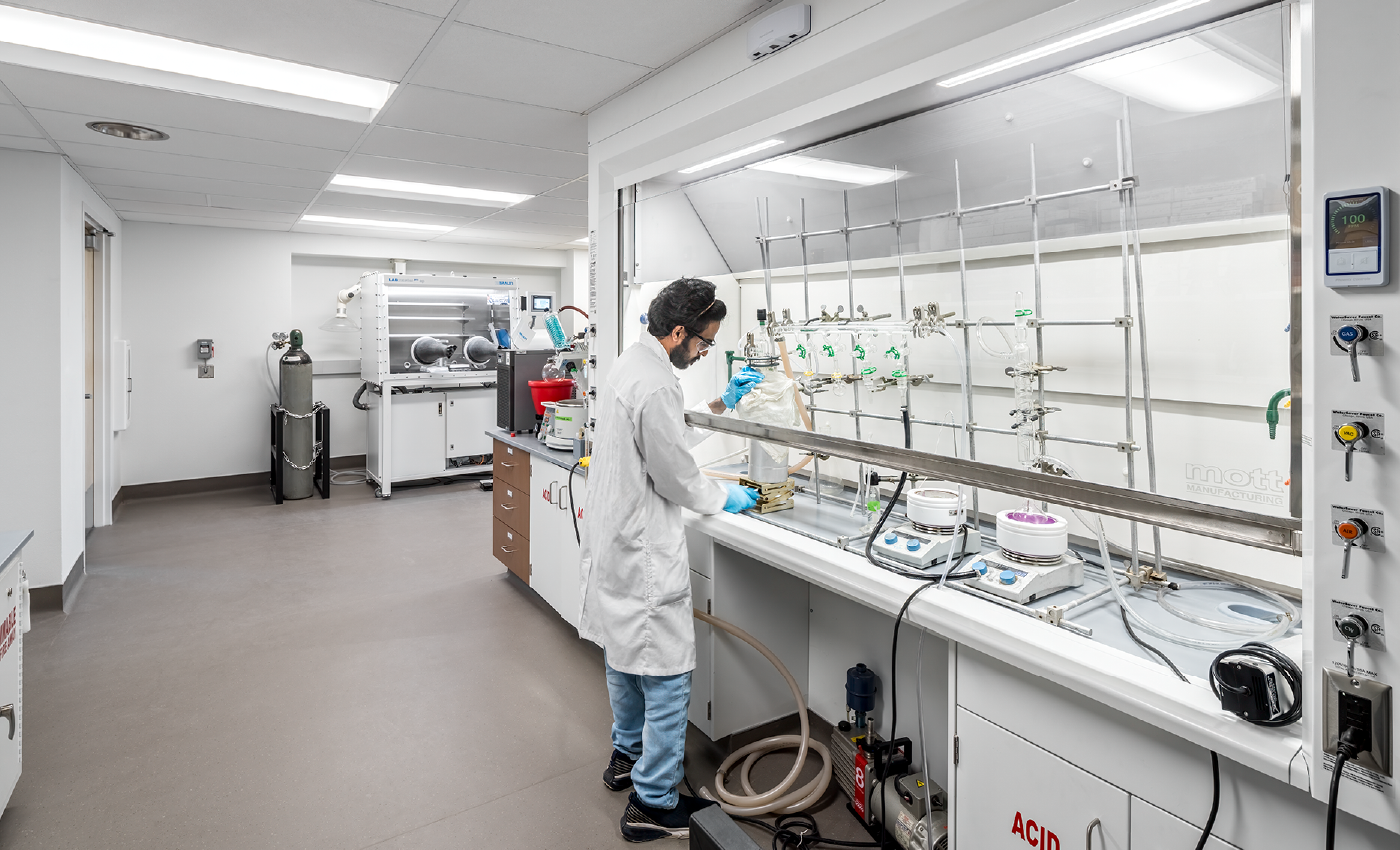
The human side of lab design
While the technical elements of lab design and architecture are essential, the humans at the center of the laboratory cannot be forgotten in design. Providing for people’s workplace and personal needs can help labs attract and retain top talent.
Biophilic design in laboratories
Biophilic design strategies contribute to employee wellness by nurturing people’s relationship with nature. One of the most impactful ways to improve wellness for laboratory staff is increasing access to daylight. Laboratories don’t have to be dark, isolated spaces.
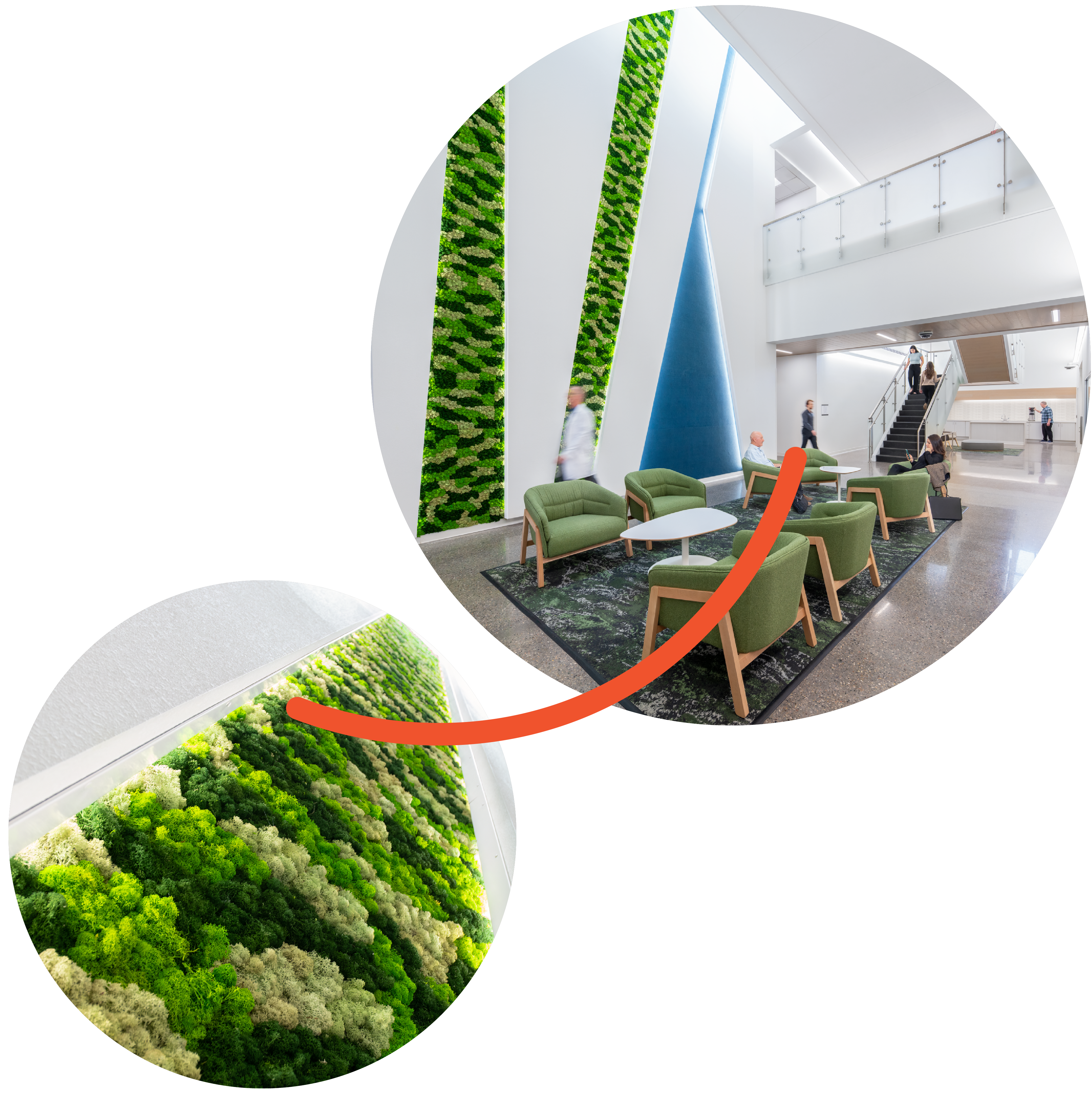
We design lab spaces to have plenty of daylight access and views while still maintaining security and privacy requirements. Bright, airy workspaces can increase productivity and overall staff wellbeing.
Providing access to natural elements, inside and outside, is another way we implement biophilic design to improve wellbeing. For the New Mexico Department of Public Safety’s Forensic Laboratory in Santa Fe, we designed a living lichen wall to bring the outside in. Other strategies include proximity to a water feature, or leveraging intensities of light and shadow that change over time.
Places to rest and recharge
Laboratory work often requires many hours of intense focus and finesse. Rest is critical to both the wellbeing and productivity of those that work in a laboratory. At Dekker, we include multiple options for both indoor and outdoor gathering to promote rest and relaxation.
Gathering spaces do not have to be large – they can slot easily into other aspects of the design, like creating a small seating area behind a staircase, or putting some outdoor seating next to some green space.
Different laboratories require different design solutions and a different balance of the human and the technical, depending on the scientific specialization, and the type of institution the laboratory is in.
Tailored design solutions for every laboratory
We start every project by understanding the specific needs of the laboratory space, and how the laboratory fits in with the larger organization and building design. Below are just some of the types of laboratory projects we work on, and what kind of design solutions we implement on those projects.
Higher education research lab design
Research laboratories play an essential role in expanding the impact of a university or college. From biomedical research to engineering laboratories, different departments have different needs for their laboratories. For all of them, however, collaboration is key to scientific breakthroughs.
Laboratory modernization and renovation plays a big part in higher education laboratory designs. Higher education campuses often have outdated buildings that are ill-suited for the specific purpose of a laboratory. Given changes in enrollment rates and funding models, however, expanding a campus or undergoing a complete building replacement isn’t always possible. Unique solutions are needed to renovate existing space to fit modern laboratory needs.
Project highlight: Eastern New Mexico University Roosevelt Hall
Roosevelt Hall Science Center is a center of physical sciences and biology research for ENMU. It was built in the 1950s as a dormitory with minimal mechanical systems. The low floor-to-floor height and small sizes of the rooms made the accommodation of MEP systems required in modern laboratory spaces challenging.
Instead of large, expensive mechanical units that required long runs of ductwork, we designed a decentralized solution where each laboratory or small cluster of laboratories had a dedicated, smaller mechanical unit. With multiple small units, we could fit the units and shorter ductwork in the limited space that building provided. To create a more flexible laboratory space, we planned and located all immovable objects to the perimeter of each laboratory space, freeing up space in the middle of the room.
Forensic lab design and architecture
Forensic laboratories are a crucial part of the criminal justice system. The proper preservation of evidence chain of command and security is essential in these laboratories.
In addition to biological specimen processing, forensic laboratories include other highly specialized labs, like ballistics, or vehicle examination bays.
A forensic laboratory is first and foremost a workplace. Forensic scientists help keep our communities safe, which is why staff attraction and retention is essential to forensic laboratories. Access to daylight and natural elements together with ample gathering spaces can help forensic laboratories attract top talent.
Project highlight: State of New Mexico Department of Public Safety Forensic Laboratory
The newly built New Mexico Department of Public Safety Forensic Lab increases the capacity for work of 50 staff and brings the facility up to date with modern quality of life needs. To create a functional and flexible space, we partnered with consultant Crime Lab Design.
The layout is designed around a centralized evidence pick-up and drop-off area for efficient processing and storage of evidence. The building provides secure entrances for a variety of functions and controlled access at all hours. Amenities in the new forensic lab include a training room large enough for all staff, in- and outdoor break areas, a bright and open lobby, and new spaces for team collaboration. Forensic laboratories
Healthcare laboratories
Laboratory workers in hospitals and other healthcare centers are often “behind the scenes”, but they play a critical role in supporting healthcare providers and patients with expedient patient diagnoses.
Healthcare laboratory location and design should not be an afterthought in the overall healthcare project design. Laboratories should be placed strategically for the ease of receiving and processing specimens.
While healthcare laboratory workers don’t always have a patient-facing role, they deserve as much consideration in the design of their workplace as physicians and nurses.
Project highlight: Presbyterian Hospital Patient Tower Addition
A new patient tower for Presbyterian Hospital maximizes space and wellness in downtown. The building serves patients and staff with increased daylighting and views, safety features, and modernized spaces.
The project increases bed capacity without major footprint expansion, bringing more than 140 new beds to one of Albuquerque’s leading healthcare providers. The design included a fully modernized laboratory space close to patient care. The hospital remained fully operational during construction. With features like enhanced negative air pressure, entire floors of the tower can be isolated from the rest of the building, increasing the hospital’s preparedness for pandemics.
Department of Energy and Department of Defense national laboratories
Security is paramount for national laboratories that serve the missions of the Departments of Energy and Defense. Many of these laboratories are in SCIFs (Sensitive Compartmented Information Facilities), where access is highly controlled.
From controlling ground vibrations to accommodating heavy equipment, national laboratory projects require a high level of technical expertise.
The Federal Government studio has decades of experience with national lab design and architecture. Our team uses the national lab NQA-1 as our QA standard. From SCIFs to wet labs, from employee spaces to data labs, our team of designers and technical experts are ready for the next mission.
Explore more lab design projects:
Read our minds.
Sign up for our email.
Related Content

Buildings with more brains require less brawn.
Dekker has a different design strategy when it comes to public safety.

